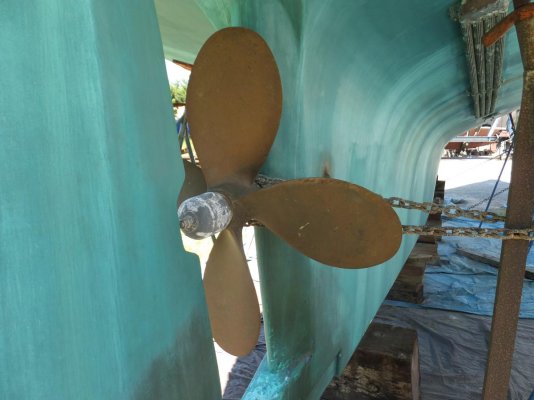Nomad Willy
Guru
That’s what I was thinking .. hydraulic pump.
But there are much more power losses pumping the hydraulic fluid though the small tubes.
And the prop shown lacks the efficiency that Scott Harris is looking for.
But ZF is a big company and could easily use bigger tubing, larger dia and higher aspect ratio prop blades.
Here's what I mean about a high aspect ratio prop. Blades that are long and fairly narrow. Sailplane wings are long and narrow for the same reason.
But there are much more power losses pumping the hydraulic fluid though the small tubes.
And the prop shown lacks the efficiency that Scott Harris is looking for.
But ZF is a big company and could easily use bigger tubing, larger dia and higher aspect ratio prop blades.
Here's what I mean about a high aspect ratio prop. Blades that are long and fairly narrow. Sailplane wings are long and narrow for the same reason.
Attachments
Last edited:

